Championing the 3Rs in India

In this blog post, Dr Mark Prescott, Director of Policy and Outreach, and Dr Nathalie Percie du Sert, Head of Experimental Design and Reporting, reflect on their involvement in the recent 8th International Conference of the Laboratory Animal Scientists' Association (LASA) India.
This new collaboration with Indian scientists and veterinarians is part of a wider strategy of the NC3Rs to engage and support scientific communities in BRIC countries.
On 25-26 November 2017, over 270 scientists from ten countries gathered at Jawaharlal Nehru University, New Delhi, for the 8th annual conference of LASA India, the theme for which was 'Recent advances in the 3Rs and laboratory animal science'. The NC3Rs was delighted to be part of this important event, which we believe will mark an important expansion of 3Rs activity in India.
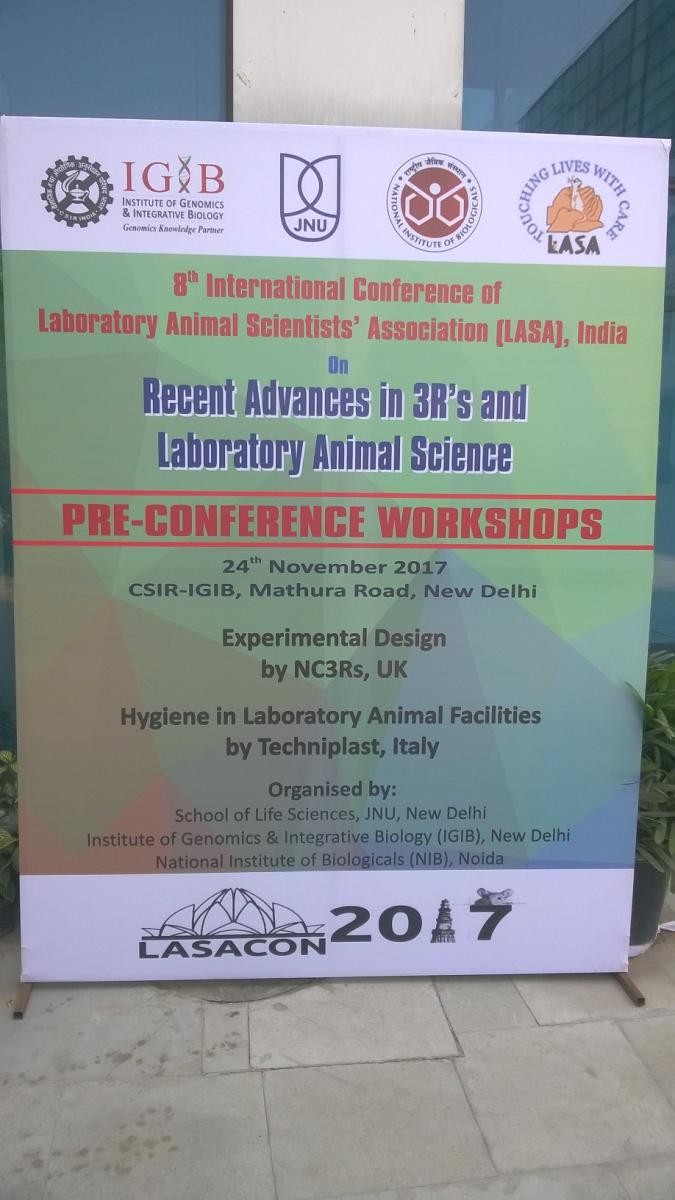
The past two decades have seen tremendous changes in the life sciences sector in India, with new research laboratories and science infrastructure. Delhi alone has over 50 scientific and medical institutes, and more than 1,700 organisations that use animals in biomedical research in India are registered with the authorities [1]. The Indian Government has established career development and recruitment schemes, to attract the best scientists and build capacity [2]. For example, the Department of Biotechnology (DBT), in partnership with the UK Wellcome Trust, has for many years offered fellowships to basic biomedical scientists who wish to pursue academic research in India. Proposals involving use of higher mammal species are reviewed by the NC3Rs as part of our peer review and advice service. Recent years have also seen focused efforts to improve the quality and health status of animals bred and supplied for scientific research.
With the life sciences sector burgeoning, the 3Rs are high on the agenda. The 3Rs are embodied in India's Prevention of Cruelty to Animals Act, which dates back to 1960. Its statutory body, the Committee for the Purpose of Control and Supervision of Experiments on Animals (CPCSEA), established in 1964, promotes the 3Rs via its guidelines, local CPCSEA nominees and institutional animal ethics committees. But what is really driving increased attention to the 3Rs is growing awareness of their importance for science and business. Examples of how a 3Rs approach can improve internal validity of experiments and data quality, maximise the information gained from in vivo research, and facilitate scientific discoveries and medical advances were highlighted in our presentations at the LASA conference, along with the wide range of resources available from the NC3Rs to help laboratory personnel put the 3Rs into practice. As in other countries, more remains to be done to translate 3Rs awareness into action on the ground, but the passion and dynamism of individuals on the organising committee, like Dr Vijay Pal Singh, Dr Shikha Yadav and Dr Suresh Poosala, leaves us optimistic that positive change will be made.
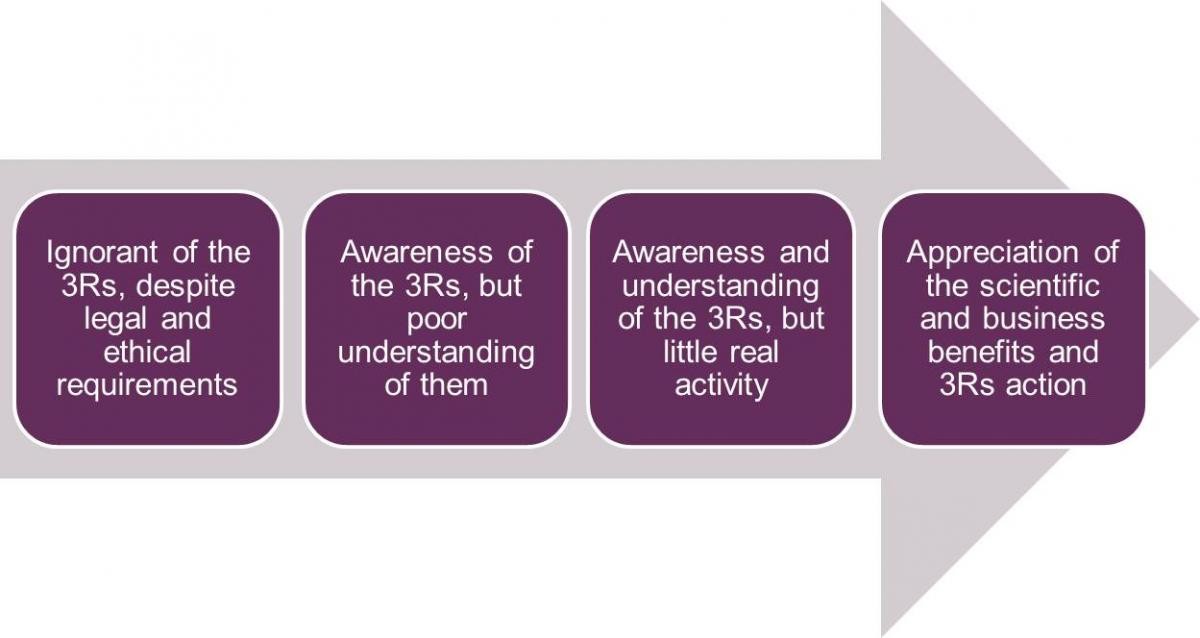
A typical journey of 3Rs awareness
Appetite for the NC3Rs' information in India is huge, and with English being widely spoken, there is no language barrier to knowledge exchange. India is third in the country rankings for visits to our website in the past year, accounting for nearly 5% of total visits during this period. We have shipped around 1,000 ARRIVE guidelines Z-cards, 1,000 grimace scale and 400 mouse handling posters to research organisations based in this vast country. Staff members at the conference spoke to hundreds of scientists, at all levels, at our stand in the trade exhibition and during the poster and networking sessions. With over 65% of this country's population under 35 years of age, reaching young people and early career scientists is crucial for 3Rs progress.
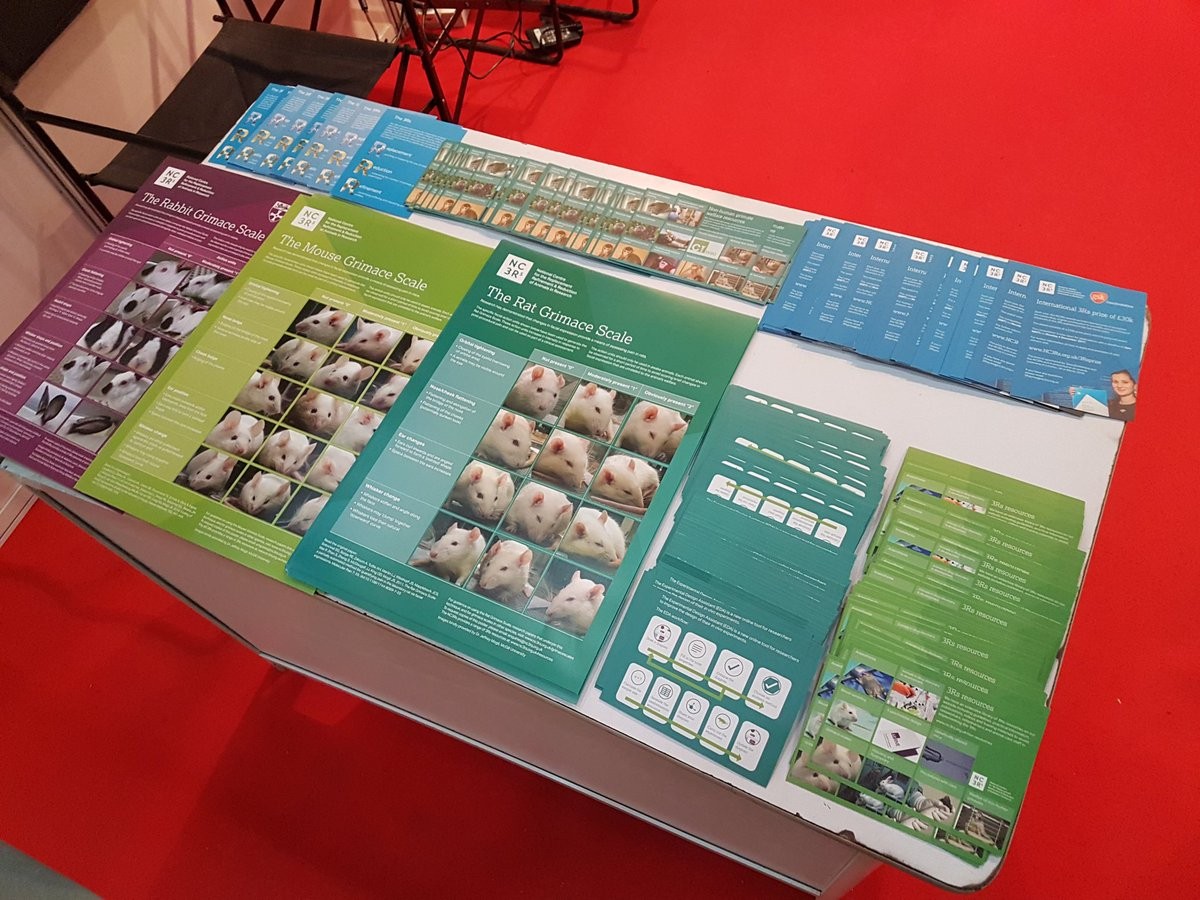
Visits to the NC3Rs website, Nov 2016 - Nov 2017
| Country | Number of visits (% total) |
|---|---|
| United Kingdon | 122,392 (34.57%) |
| United States of America | 64,110 (18.11%) |
| India | 14,776 (4.17%) |
| Canada | 9,316 (2.63%) |
| Australia | 8,543 (2.41%) |
| China | 8,151 (2.30%) |
| Germany | 7,684 (2.17%) |
| Brazil | 7,029 (1.99%) |
| France | 6,801 (1.92%) |
| Netherlands | 6,311 (1.78%) |
Prior to the main conference, we ran a workshop on experimental design and reporting at the Institute of Genomics and Integrative Biology (IGIB), attended by over 100 scientists. Issues currently facing in vivo science, such as poor reproducibility and poor translation, apply globally. At the interactive workshop, the first of its kind in India, participants learned the principles of good experimental design, watched a step-by-step demonstration of designing and critiquing an experiment using the Experimental Design Assistant, and assessed the quality of reporting in published animal studies against the ARRIVE guidelines and an operational checklist designed for the IICARus study.
Our team was excited to observe India's fascinating wildlife. Rhesus macaques are common in the forts, temples and bazaars of Rajasthan, which provided opportunities to obtain new images of this widely used non-human primate model for our Macaque Website. We were also able to visit a number of animal facilities to discuss animal welfare and opportunities for refinement. Not all rodents receive bedding material, shelters or chew blocks, for example.
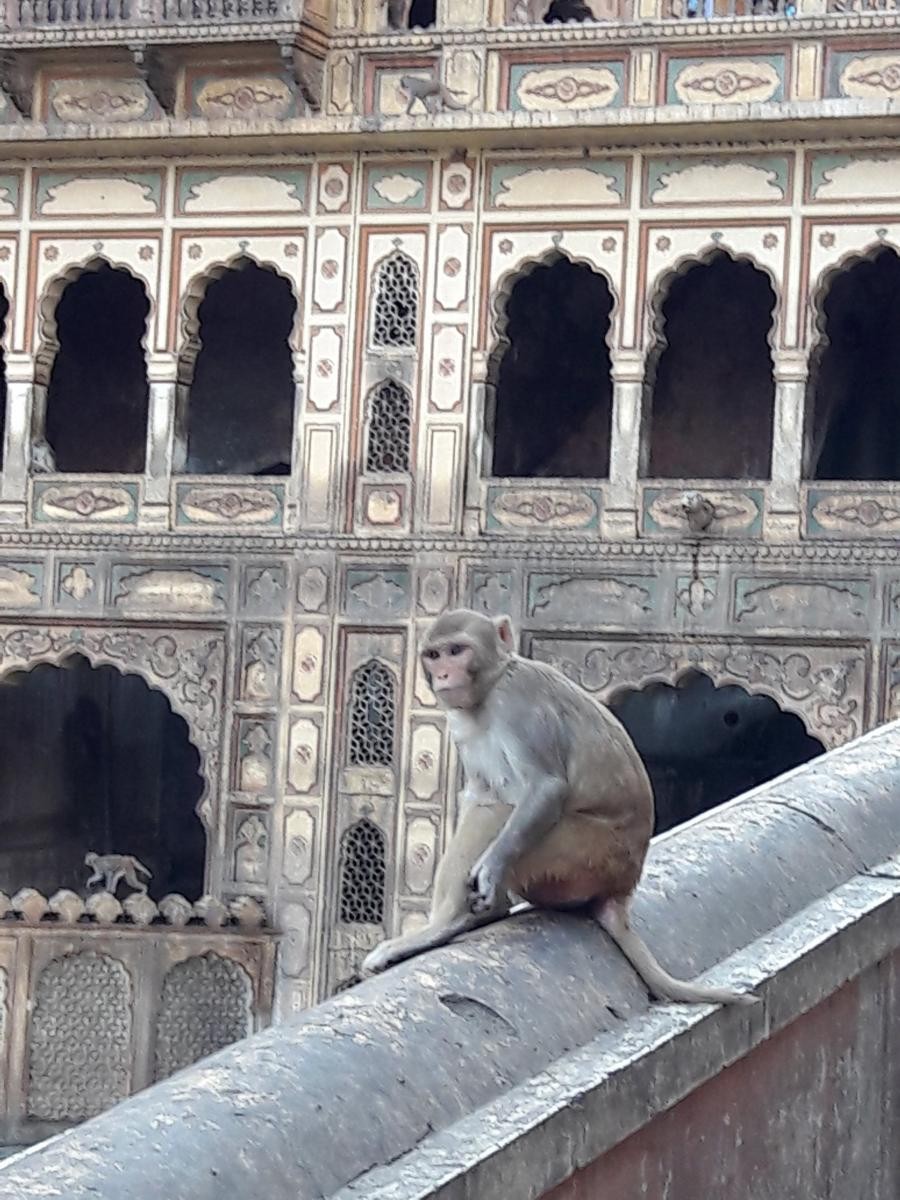
The NC3Rs is increasing asked to collaborate with organisations internationally. Managing demand is challenging, but we are keen to explore how we can support scientists in other countries to further integrate the 3Rs into their research. The LASA conference was a great platform for this in India, with good science, discussion and exchange of ideas. We expect future programmes to rely less on international speakers for exemplary work on the 3Rs.
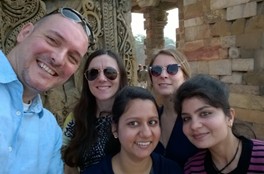
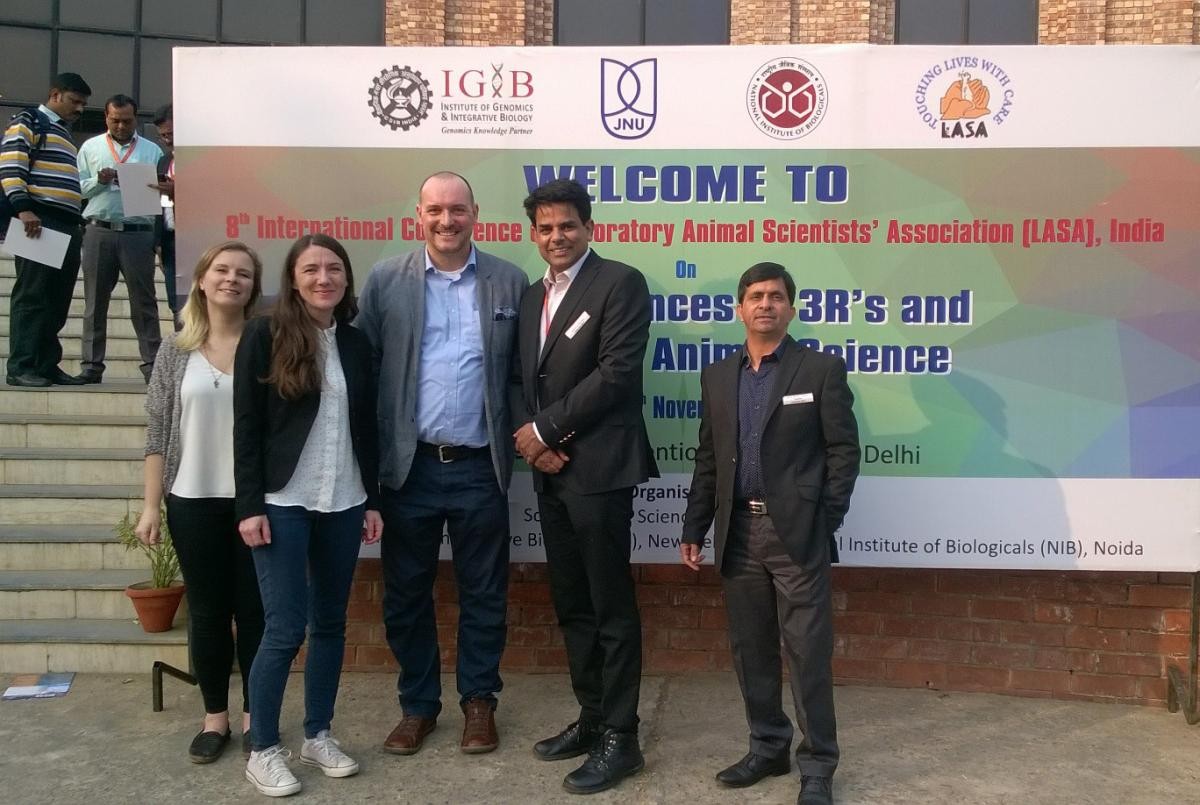
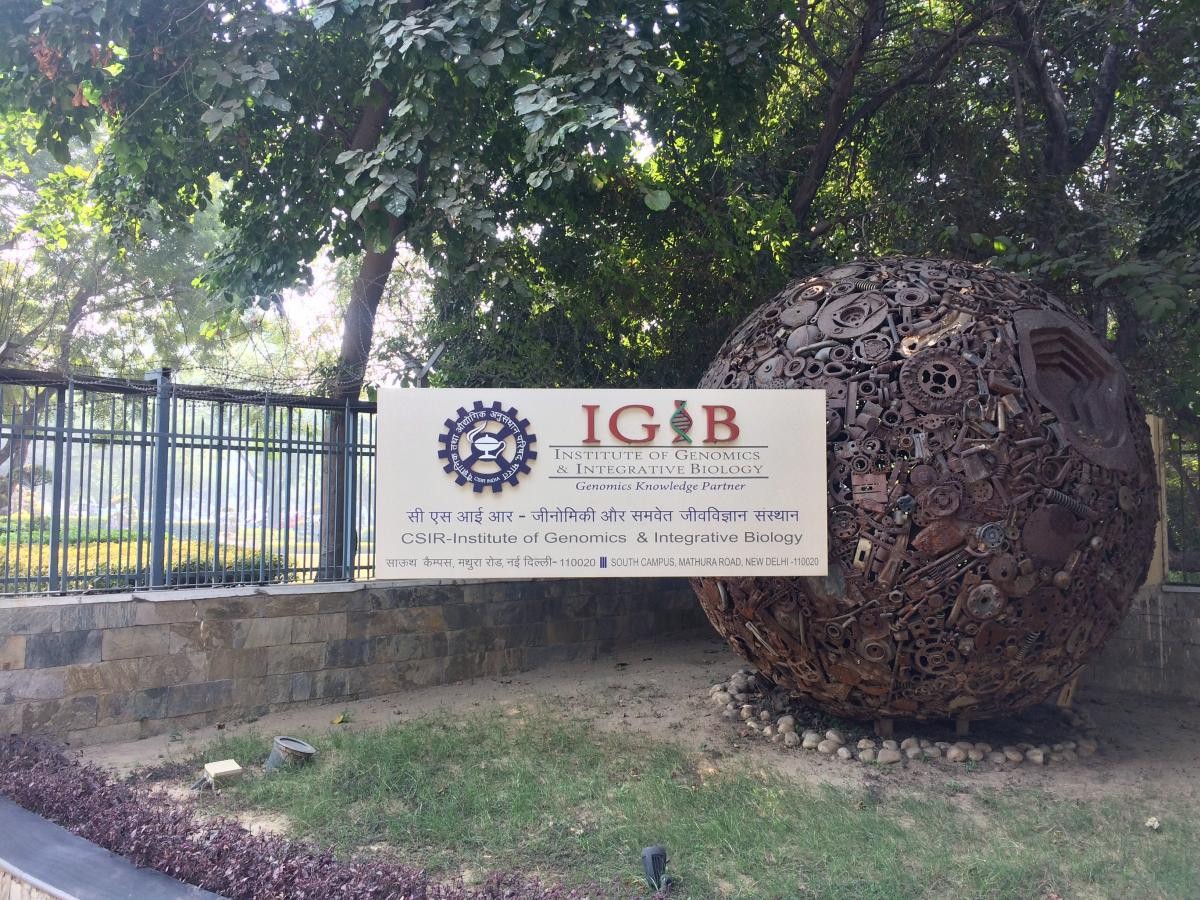
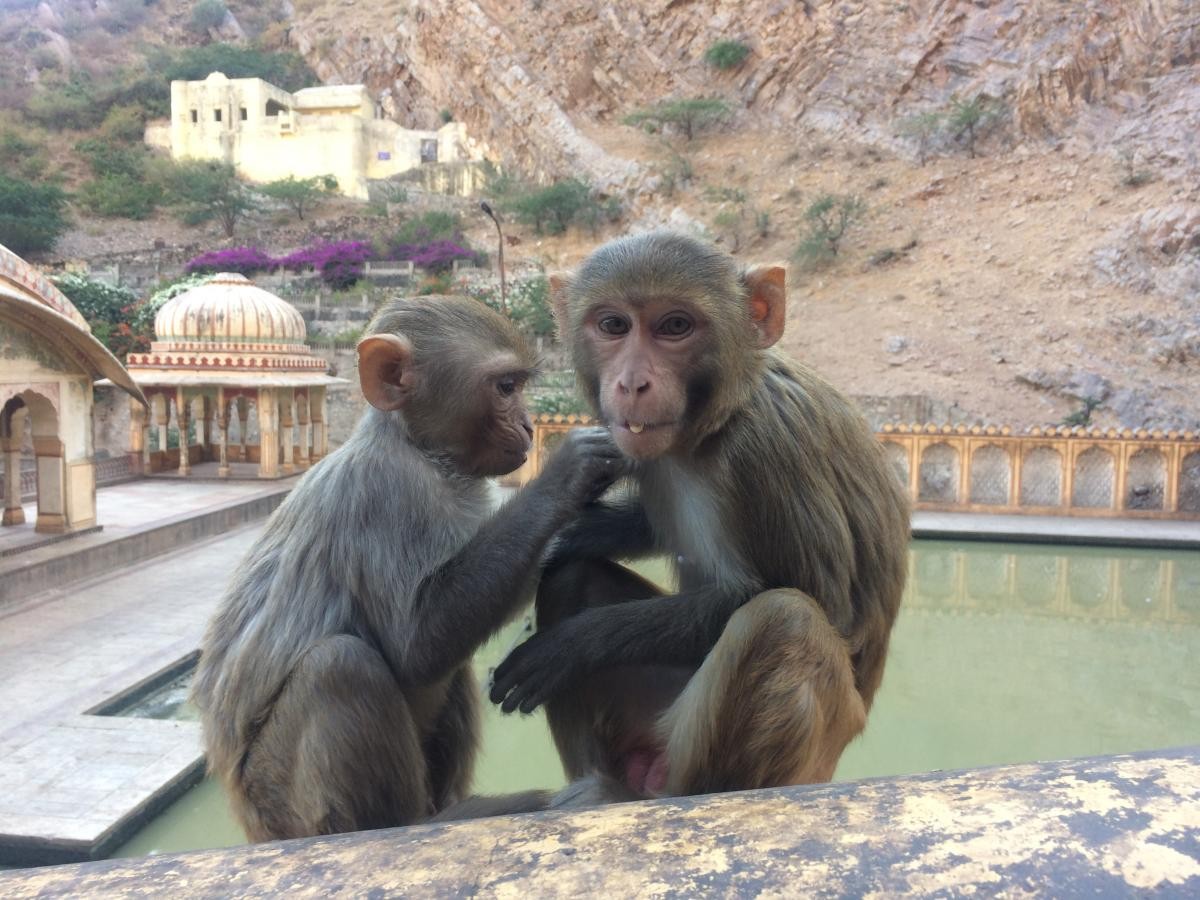
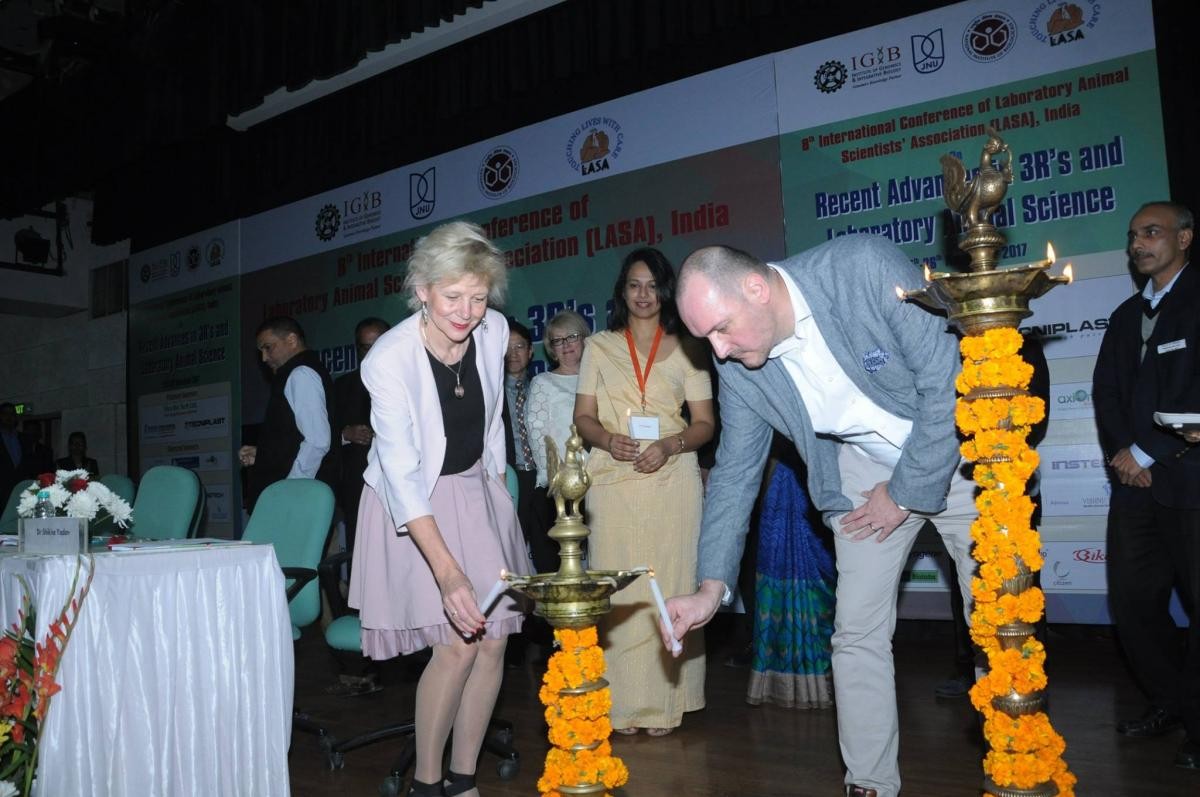
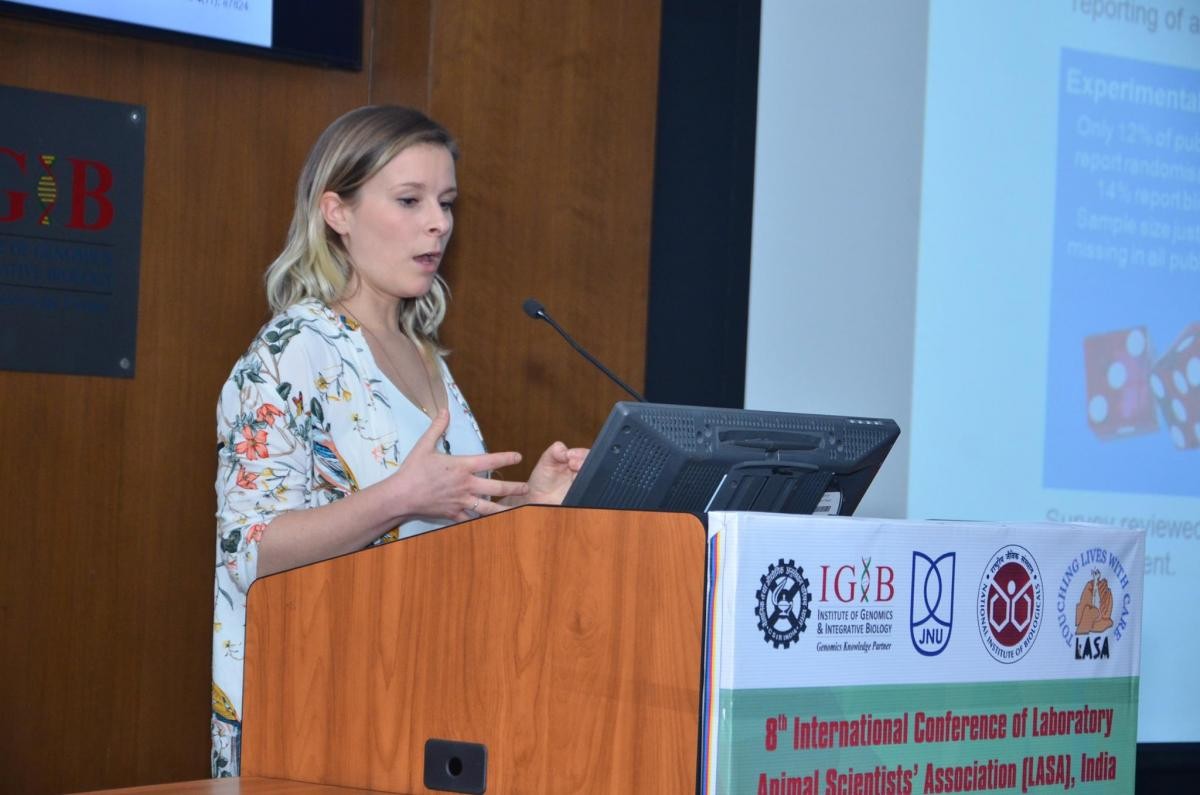
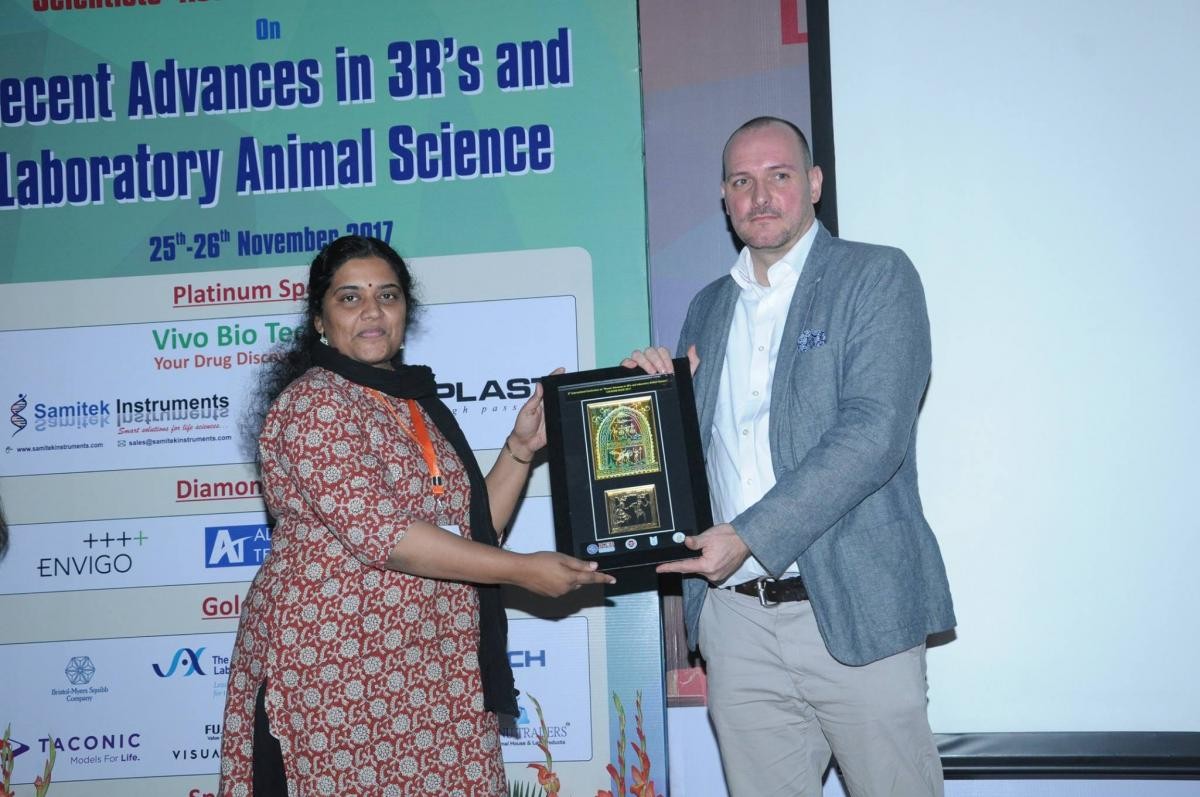
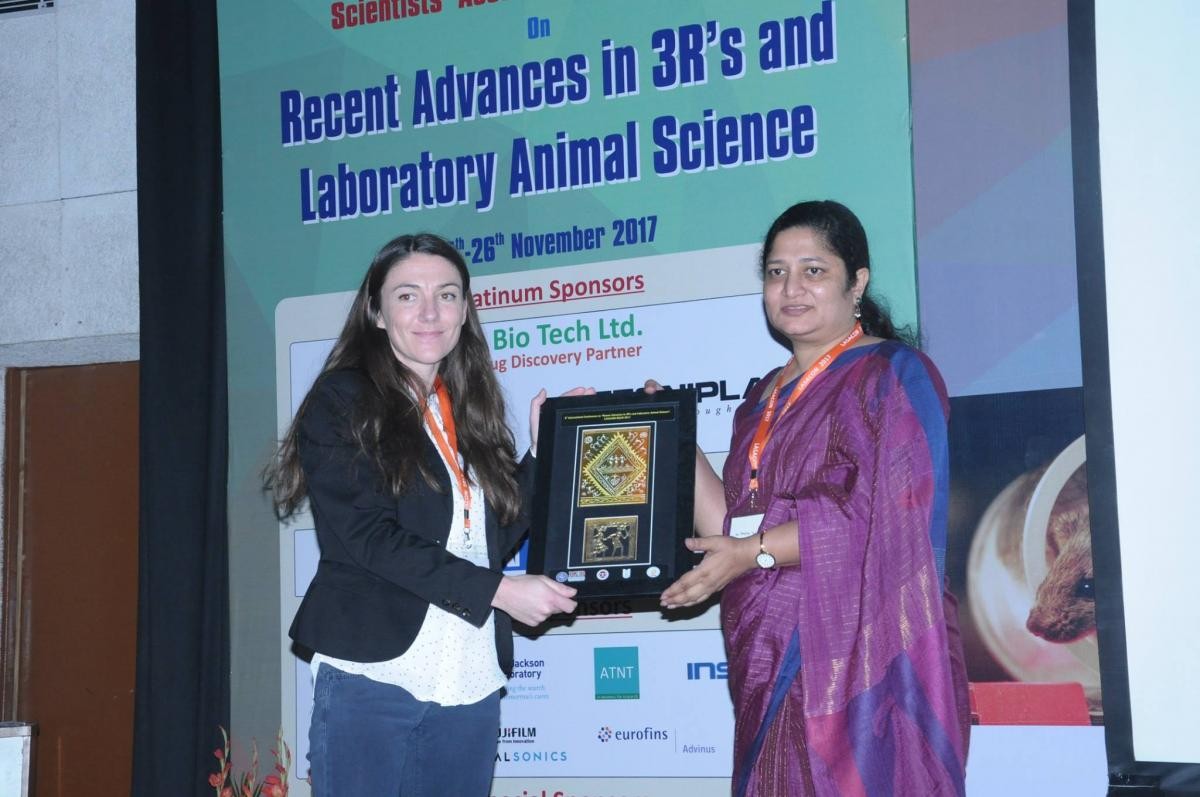
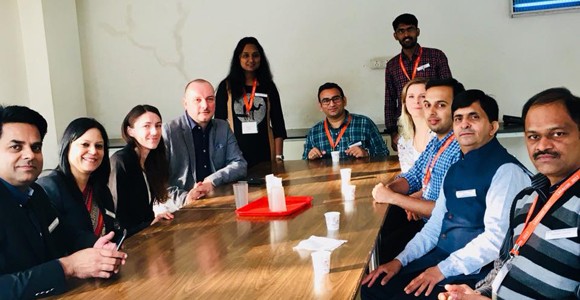
References
-
Bayne et al. (2015) The evolution of animal welfare and the 3Rs in Brazil, China and India. J Am Assoc Lab Anim Sci 54(2): 181-191.
-
EMBO (2014) Life sciences in India – on the right track.
